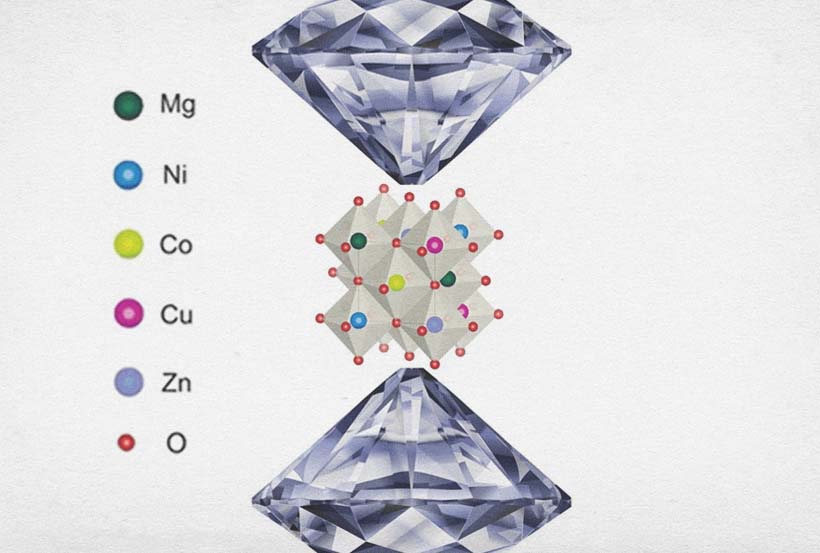
New technologies
New findings at PETRA IV can be used to specifically tailor new materials – for chips and ultrafast processors, for example.
An important goal of PETRA IV is to develop suitable materials that offer new functionalities. These can only be customised at the nanolevel. The microchip industry in particular requires a resolution of 1 to 10 nanometres for today’s conductor path sizes. So far, just under 100 nanometres have been achieved. With PETRA IV, it will be possible for the first time to visualise tiny conductor paths and semiconductor elements in modern computer chips in 3D and even to examine them while in operation.
Whether virtual prototyping or research on climate change: Simulations are becoming increasingly important in science and industry. For this purpose, the search is on for innovative approaches to microelectronics and nanotechnology that make use of new physical effects. Computing power, data storage densities and the data transmission rates of information technologies will all have to increase in the future. At the same time, the electrical power they consume must be significantly reduced.

X-ray nanospectroscopy of quantum materials
- With PETRA IV, differences in the electronic structure of materials will become directly visible, quantifiable and ultimately controllable at the local, atomic level.
- PETRA IV pushes the boundaries of current spectroscopic methods. Processes in functional materials can be observed live.
- The combination of high energy resolution and high spatial resolution of PETRA IV has the potential to revolutionise our understanding of functional materials whose macroscopic properties are based on quantum states.

Heidrun Hillen
I am happy to answer your questions about PETRA IV.
Further research topics

Healthcare
How can diseases be better tackled?

New materials
How can we save resources?

Energy
How can we make more resilient materials?

Earth and the environment
How do we preserve our ecosystems?

Cultural heritage
How can we preserve our cultural treasures?



